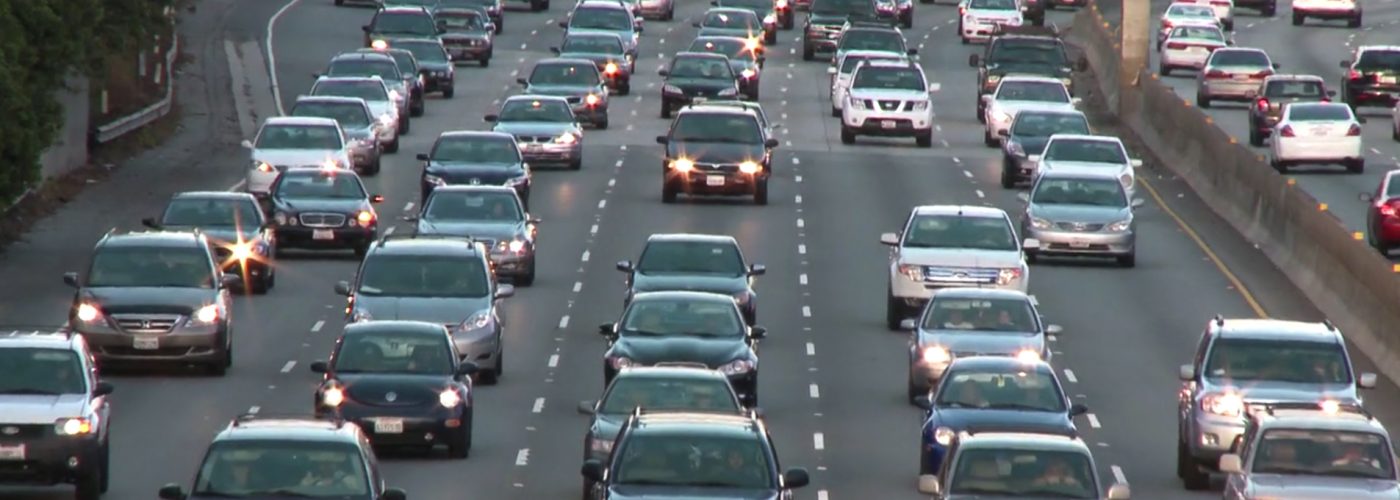Environment
ShareHydrogen is potentially three times as efficient as a traditional combustion vehicle and virtually pollution free, according to the California Air Resources Board (CARB).
The State of California, for these reasons, has deemed it imperative to set emissions standards for automakers. The combustion of fossil fuels, such as gasoline and diesel, to transport people and goods is the second largest source of CO2 emissions, accounting for about 31% of total U.S. CO2 emissions and 26% of total U.S. greenhouse gas emissions. This includes cars, trucks, planes and trains.
We aim to drive a revolution in transportation and energy use by creating a hydrogen economy. Currently, two-thirds of TrueZero’s hydrogen comes from fossil fuels and one-third from renewable bio-mass. In time, that ratio will improve.
A conventional combustion engine uses less than 20-percent of the chemical energy in gasoline, says CARB, which means more than 80-percent of the fuel is “wasted.” In contrast, says CARB, a hydrogen fuel- cell (FCEV) converts up to 60-percent of the chemical energy in hydrogen to drive the vehicle. Therefore, an FCEV is potentially three times as efficient as a traditional combustion vehicle and virtually pollution-free.
